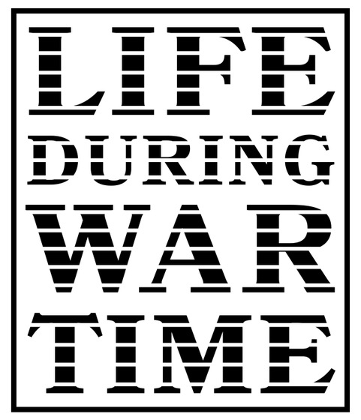
Fernando Sánchez Castillo
Fernando Sánchez Castillo has long used various media to investigate power and its contemporary complement, art’s critique of power. Among his materials are bronze, painting and still and moving images. His work is often an attempt to rewrite history’s official accounts, or at least make viewers aware of the complexities of capitalized History’s authorship. The video Pegasus Dance (a Choreography for Water-Gun Vehicles), for instance, was made in collaboration with the riot police in Rotterdam, The Netherlands. In the carefully orchestrated footage the viewer sees how anti-riot trucks—the kind normally equipped with pressurized water cannons—become protagonists of a divertimento-like performance or pas de deux on the banks of the Rhine River. Few images turn the tables on state power more than Castillo’s elegant choreography of armored vehicles. In an era marked by worldwide protests against mounting authoritarianism, Pegasus Dance suggests an alternative role for some of the state’s more repressive tools.
—CVF, USFCAM
Fernando Sánchez Castillo, Pegasus Dance (a Choreography for Water-Gun Vehicles), 2008. Digital video. Courtesy of the artist. Thanks to Rijkakademie van beeldende Kunsten, Amsterdam and Rotterdam MA Police. (Still image - video no longer available after exhibition dates)
“[In collaboration with the Dutch police in Rotterdam] I used the formally and dramatically banal structure of the divertimento to create the chaos, the ‘whim’ and the romantic pomposity within a traditional institution that is entirely dedicated to maintaining the established order. Those water-gun vehicles, which are by definition ‘unpopular,’ here manifest themselves with all their power as pro-art-and-culture, while performing a choreography [that is] dedicated to nothing more than a divertimento conceived [by] an artist.”
— Fernando Sánchez Castillo
About Fernando Sánchez Castillo
(Madrid, Spain, 1970)
He lives and works in Madrid, Spain.
Fernando Sánchez Castillo often uses existing “traces” from the past as a starting point for his work and as material for his analysis of the fraught relationship between art and (political) power. He often does so in a playful and humorous manner, but always with a view to uncovering hidden narratives. His art is an attempt to rewrite memory’s accounts, to make us more aware of the complexities of capitalized History, which is always constructed from positions of power. Sánchez Castillo has received fellowships from the Marcelino Botín Foundation and the Paris School of Fine Arts. His work is included in the collections at The Centre Pompidou (Paris, France), the Museo Nacional Centro de Arte Reina Sofía (Madrid, Spain), and The Grand Duke Jean Museum of Modern Art (MUDAM) Luxembourg.
Artist Instagram: @fernandosanchez.castillo
Gallery website: albarran-bourdais.com


